Reformed rock wildman Eric Bell is forging ties in Kinross.
The Thin Lizzy founder is making his belated Perthshire comeback a little over two years on from his debut at the town’s Green Hotel.
Bell produced a spellbinding performance on that memorable occasion, regaling a rapt audience with renditions of songs from solo albums Irish Boy, Exile and Standing At A Bus Stop, as well as reworkings of highlights from his early days with the Whiskey In The Jar legends.
Despite a bout of illness in his band causing tour delays, the acclaimed guitarist is set to return to Kinross in the wake of the recent publication of his autobiography Remembering, which charts his often tumultuous personal story from childhood to short-lived global fame and beyond.
Turning the clock back 60 years, Eric, 76, tells me that he saw music as his route out of the boredom he felt as a teenage Belfast factory worker.
“I loved cars and the first job I had was as a motor mechanic,” he recalls.
“I was like a fish out of water in this enormous big garage that employed about 80 or 90 mechanics and I lasted about a year and three months.
“The turning point came when I was working on the inside of a car one day and this song came on the radio.
“It was Route 66, the opening track from the Rolling Stones’ first album, and it was one of the greatest things I’d ever heard. I remember it like yesterday.”
Gary Moore was ‘kindred spirit’
Realising his destiny lay away from the nine to five, Bell learned to play guitar, but it didn’t instantly pay the bills.
“I must have had about 13 different jobs,” he adds.
“I just couldn’t come to terms with any of them apart from one, in a shirt factory. The boss was a really nice guy so I didn’t mind working for him.”
His first musical forays came in a string of Irish showbands, but he quickly became disillusioned with the genre’s largely formulaic and parochial outlook.
It was meeting kindred spirit Gary Moore – who would later replace him in Thin Lizzy – that helped point the six-stringer towards blues rock.
“The first time I saw Gary he was 11 and I was just about 16,” Eric explains.
“We watched each other play and became friends. I later moved to Dublin and was blown away when I saw him in Skid Row.”
The prodigy’s influence stayed with Bell as he set about putting together his own band, although he freely admits drugs were also involved when he finally chanced upon his eventual Lizzy sidekicks Phil Lynott and Brian Downey playing in Dublin in 1969.
“I’d taken acid for the first time that night, but even without it I think it would have gone the way it did,” he declares.
“I was interested in the drummer more than Philip, he just blew me away. They took a break and I went in to see them.
“They told me if I wanted to find musicians to go to a bar called the Zodiac so I walked out – but Phil called me back.”
Thin Lizzy reunions were a mixed bag
Although they became the biggest band in Ireland, on moving to London in 1971 the Celtic rockers were virtual unknowns.
Despite a gruelling touring schedule, success proved elusive until their take on traditional Irish song Whiskey In The Jar – a recording the trio initially ridiculed – appeared on a double A-side single.
The track hit the UK top ten in February 1973 but Eric quit the band months later amid addiction issues.
A new-look, hard rock Lizzy eventually went on to further commercial success, with Bell completing a chaotic stint in ex-Jimi Hendrix Experience hellraiser Noel Redding’s band and later joining Mainsqueeze, who backed the iconic Bo Diddley.
Sporadic Lizzy reunions down the years provoked mixed feelings, with a frosty reception from the late Lynott ahead of a guest turn on the band’s final tour in 1983 among the lowlights.
Bell’s settled back in his native County Down in recent years – a move he describes as “the last chapter” – with his love for the blues shining through on jaunts with bandmates Phil Smyth and Matt Hewer.
But as anyone who was privileged enough to see Eric’s last gig in Kinross will testify, his story has a bit to run yet.
The Eric Bell Trio will play Backstage at the Green Hotel, Kinross, on January 22.
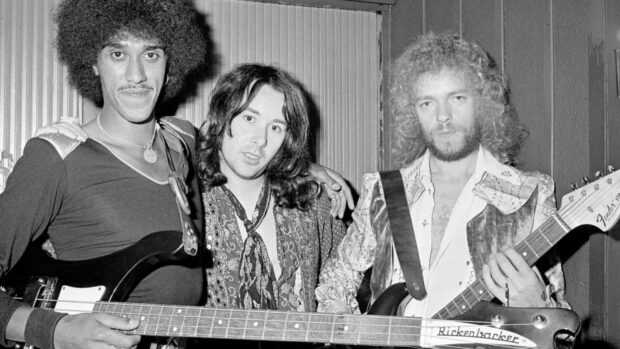


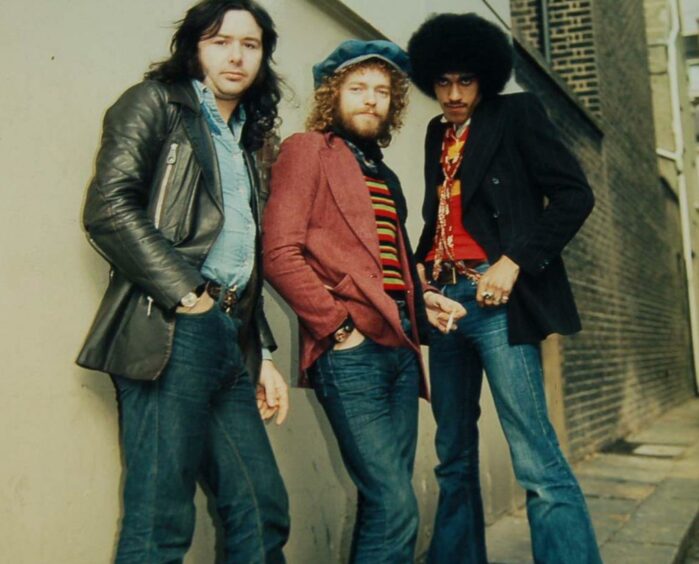
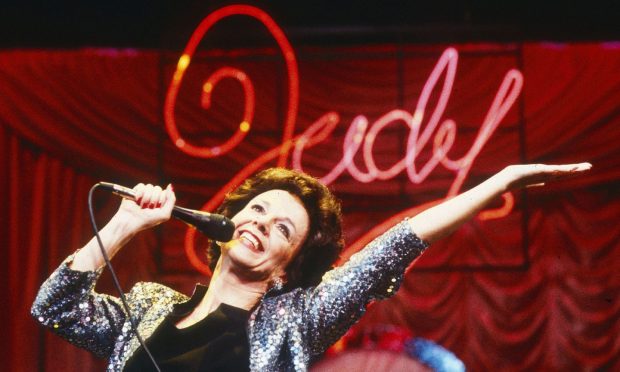
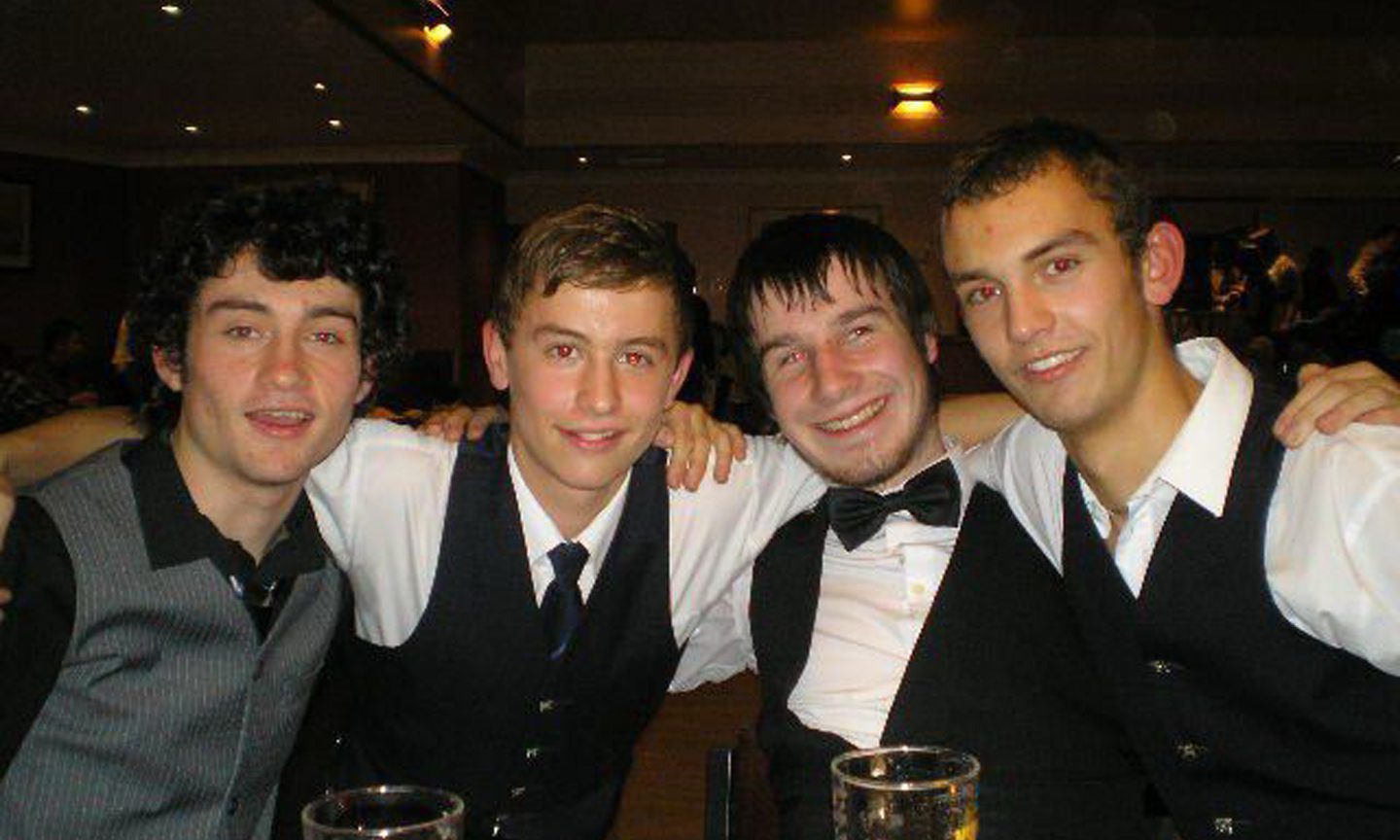
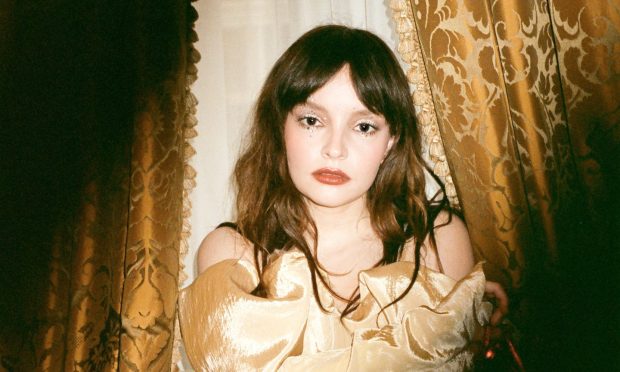
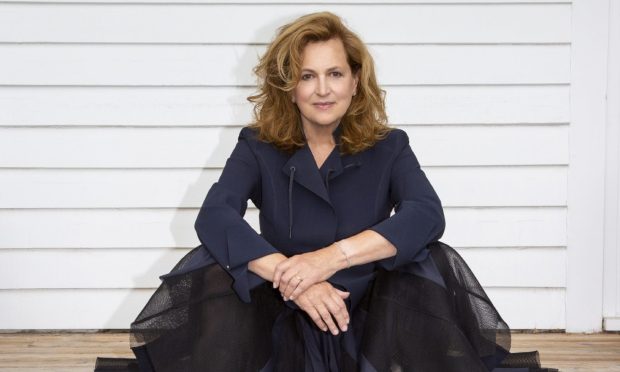
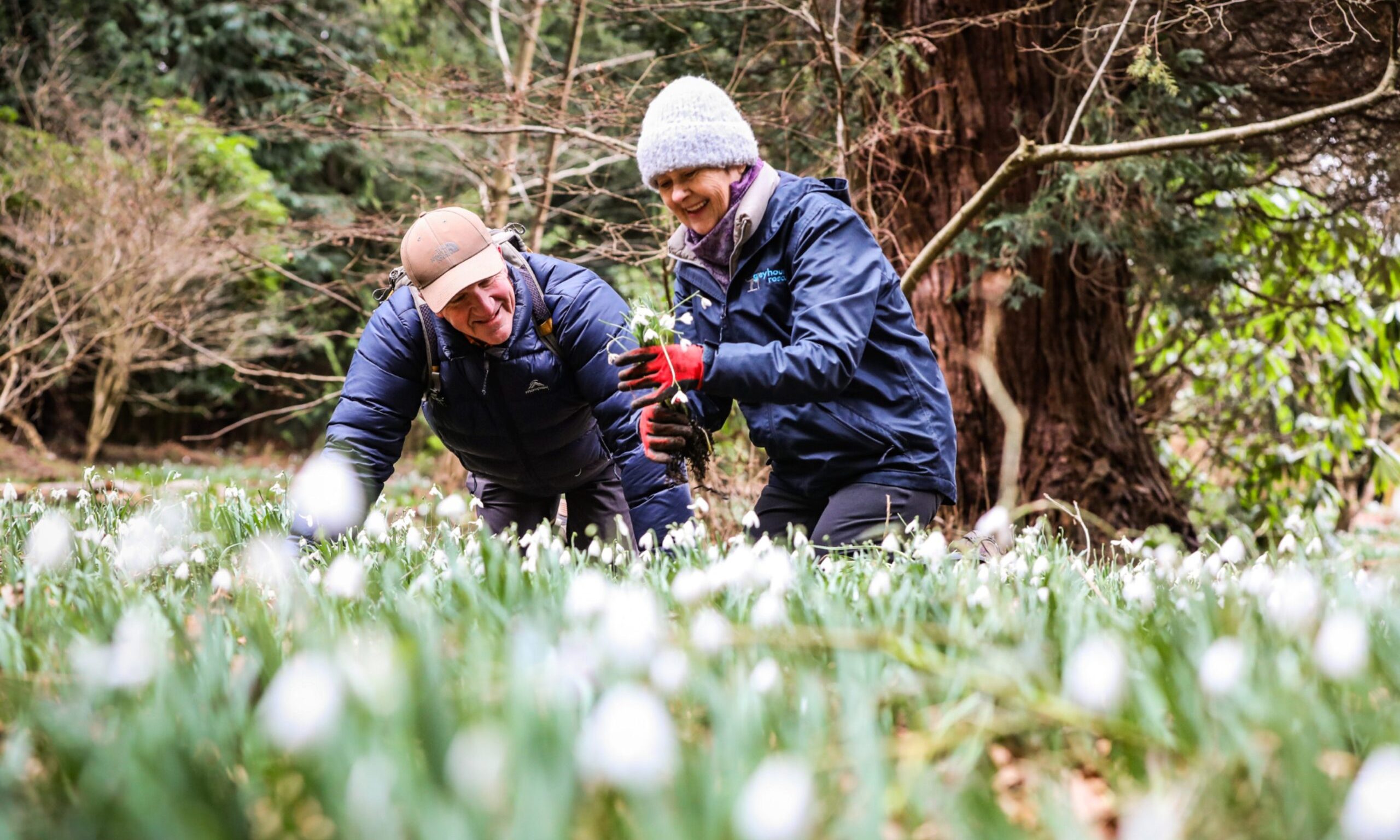
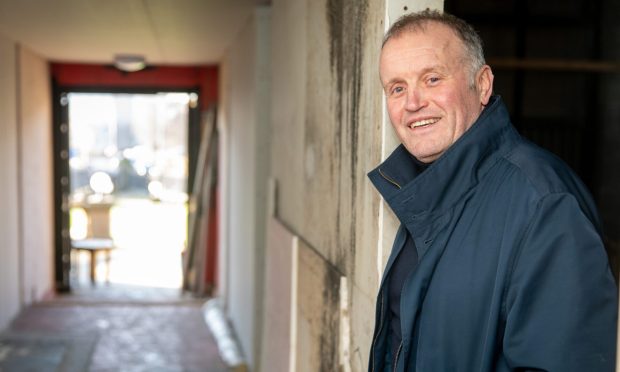
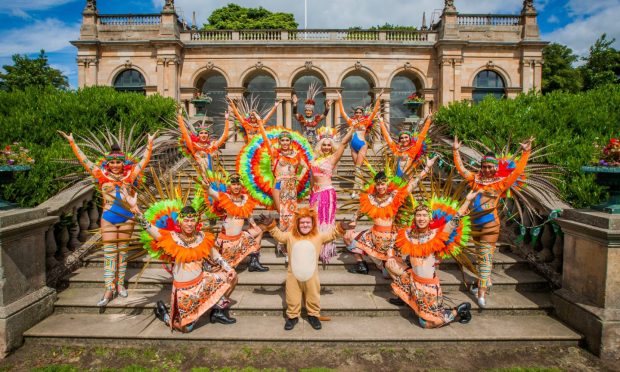
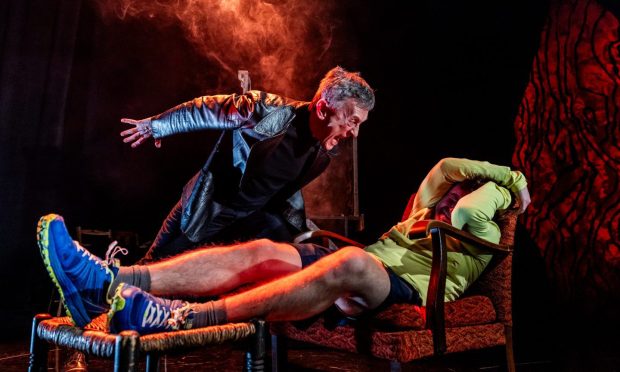

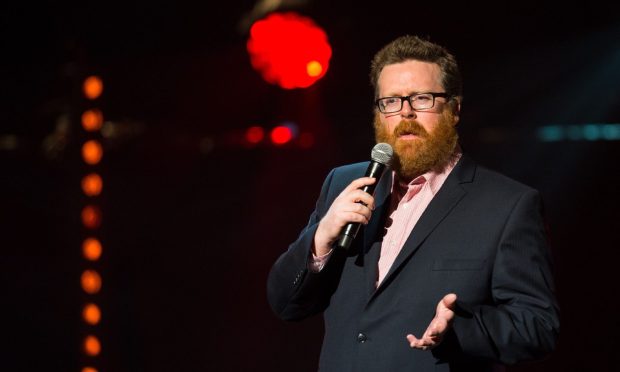
Conversation